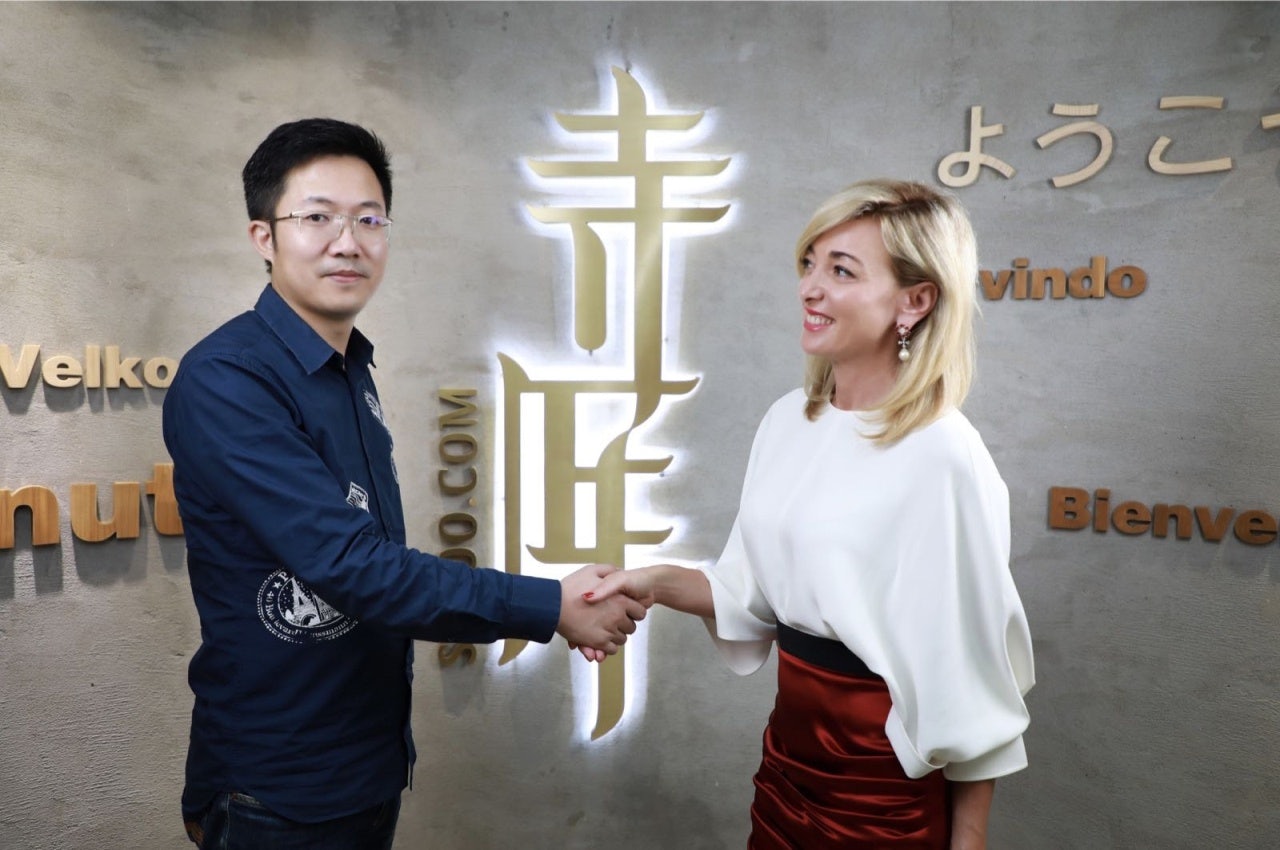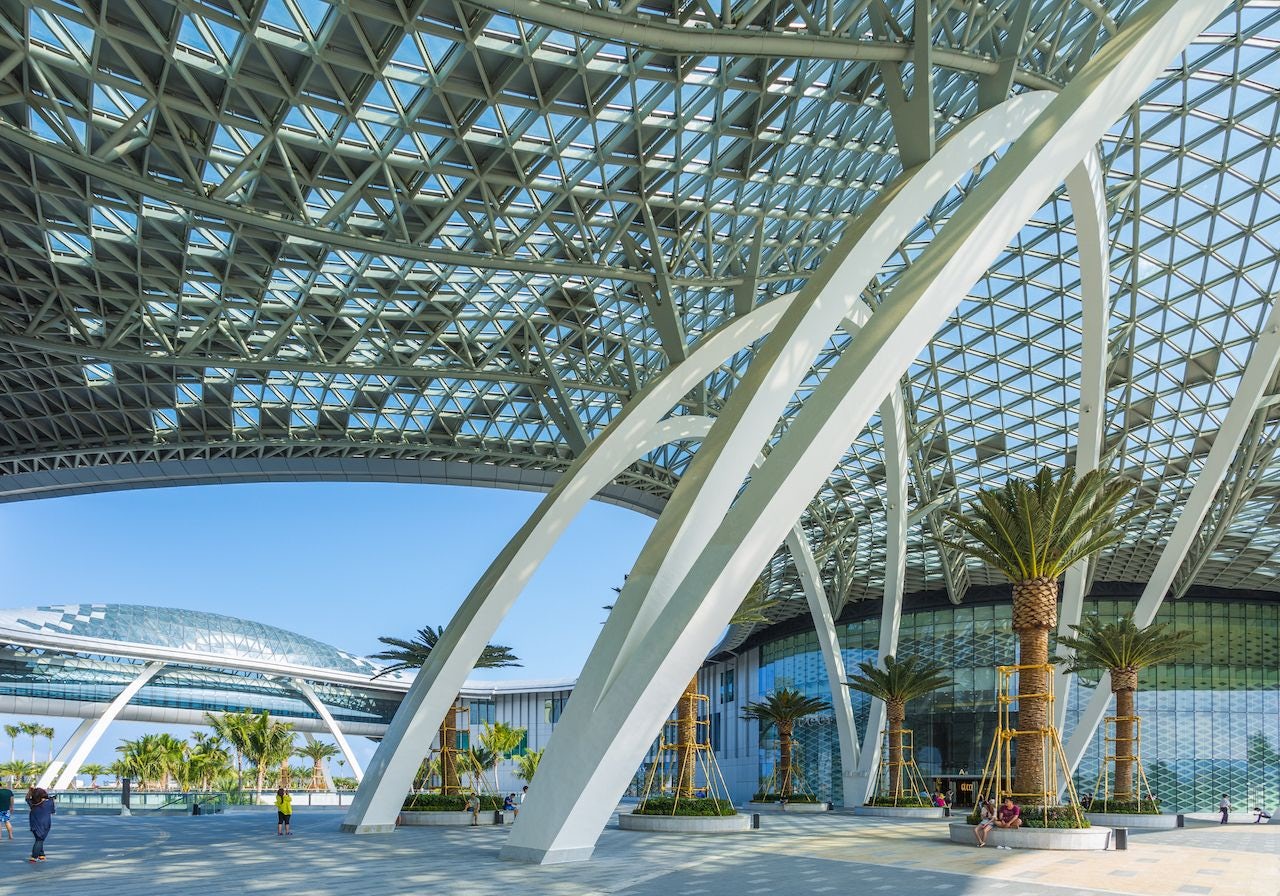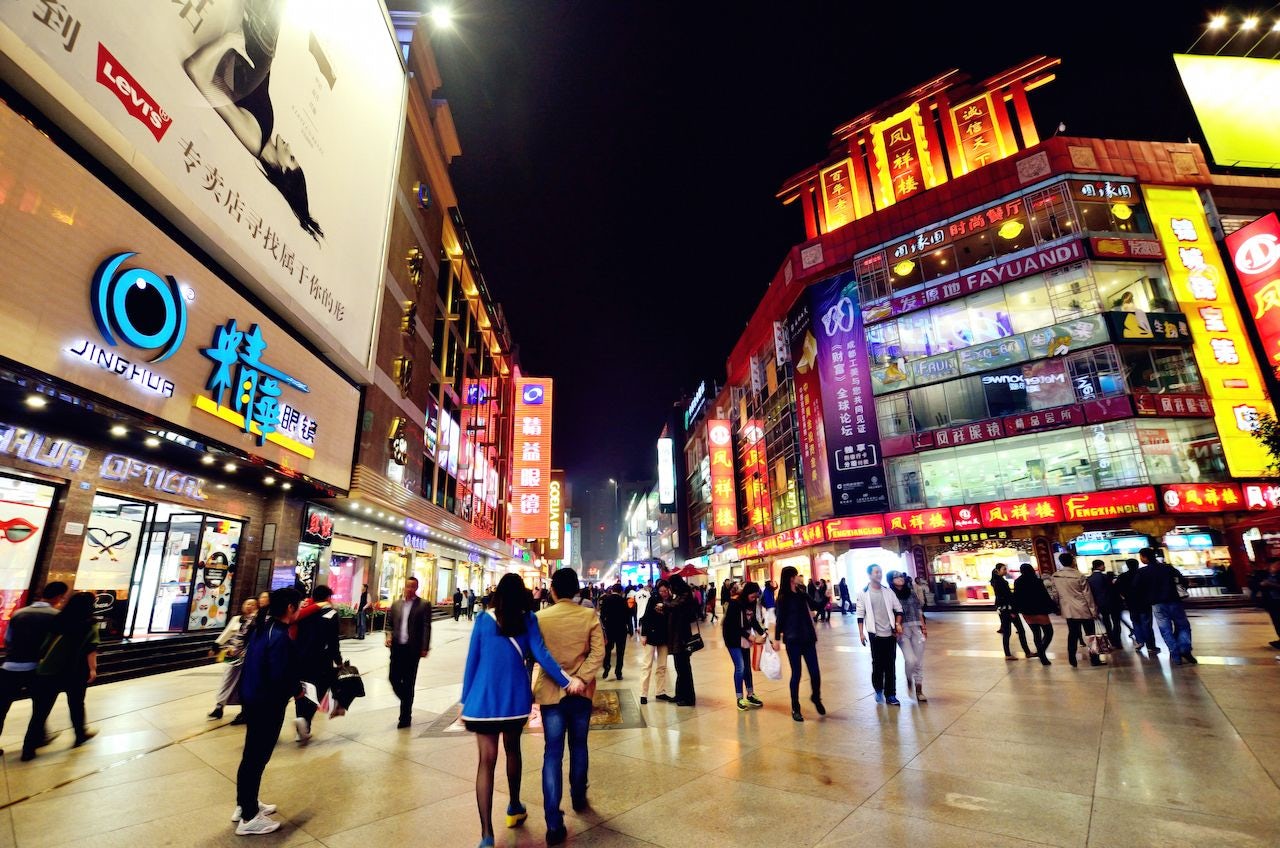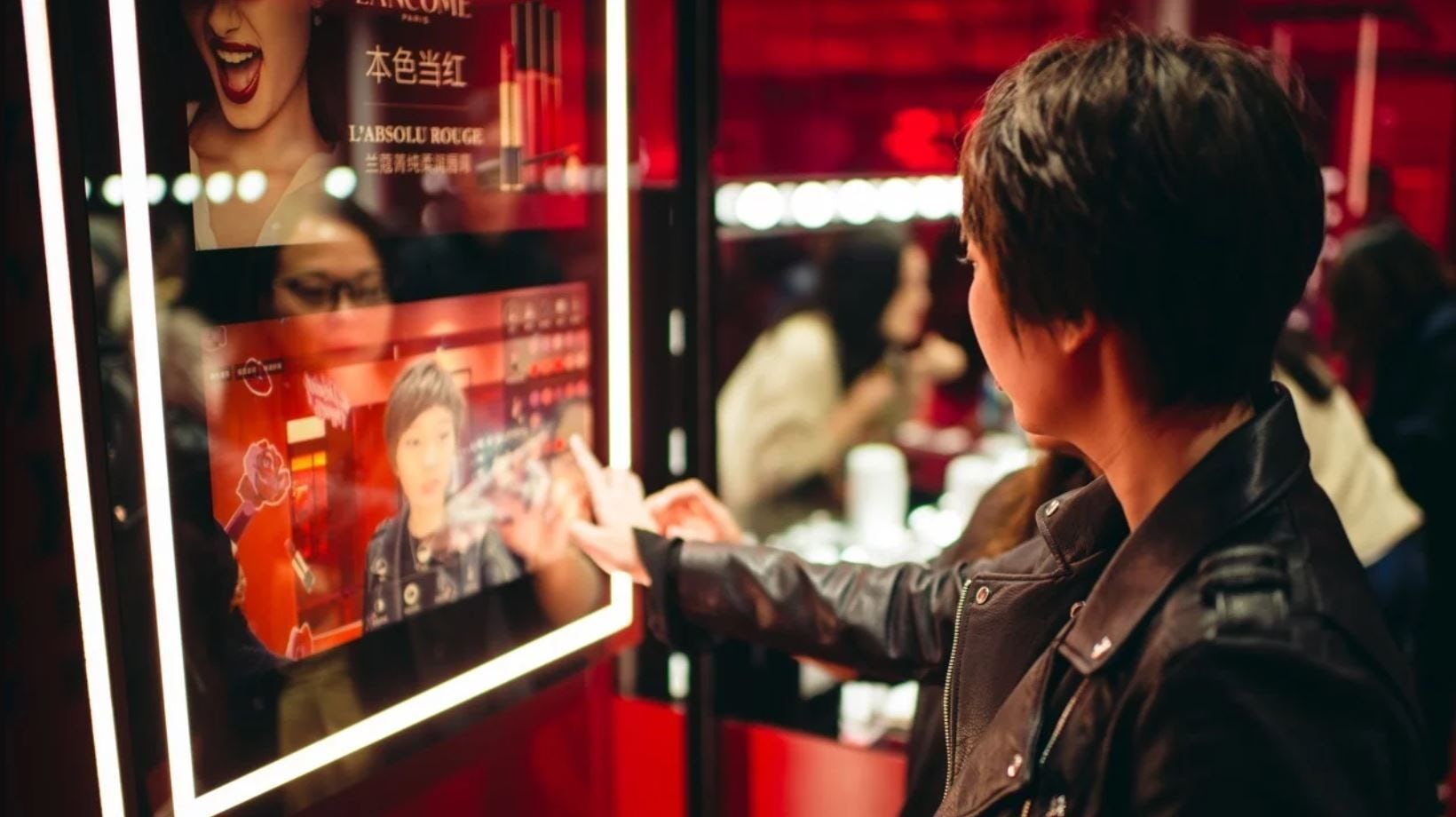Western e-commerce sites such as Net-A-Porter or Farfetch were born with luxury in their DNA, but high-end fashion sites in China had to appease their fast-growing luxury market without a script, and an established “winner” has yet to emerge. Secoo, an online retailer that has offered authentic luxury goods in China since 2008, is one of the contenders for that crown, and they’re hoping to up their profile with the recent hiring of their new international CEO Federica Marchionni.
In the words of Secoo CEO Richard Li, Marchionni is the ideal talent to bring this position to life. “Her extensive experience in international operations, luxury, and retail (both online and offline), as well as her deep network of relationships across fashion, consumer markets and premium lifestyle industries, will be tremendous assets to Secoo,” said Li.
Secoo, which now boasts 18 million members and over 3,000 brands, is small compared to fellow online retail giants Alibaba and JD.com, but they've pivoted their business into something most of their competitors have yet to establish: a premium lifestyle multi-category platform.
Adding Marchionni will only help to secure Secoo’s position in China’s highly competitive luxury e-commerce market. She's a veteran of the premium luxury world, having been a former SVP overseeing global business at Ferrari and with over a decade at Dolce & Gabbana, most recently as President of their American branch.
Now, she’s standing on the other side of the e-commerce table persuading brands to join forces with Secoo. In an exclusive Q&A with Jing Daily, she spoke about her take on the Chinese market, how to best attract Chinese consumers and her personal journey into Chinese business culture.
How did this chance to become the new international CEO of Secoo come about?#
I have traveled to China in the past, and when I was looking for another opportunity after my last job at Land’s End, I went to America, Europe, and China. I was really impressed by how quickly and dramatically China had changed, so I decided to take my family to different cities, not just Beijing or Shanghai, but also Xi’an, Chengdu, and Guangzhou. I met Mr. Li (CEO of Secoo) at the Fortune conference in Guangzhou, and he invited me to come to their annual dinner.
Before I left, he asked me if I could stay and be a consultant for two months beginning in March. I really enjoyed the experience and started to really talk about moving to Beijing, not as a consultant, but as something more. It was really a coincidence between me wanting to come to China and Secoo needing more international-thinking talent to reach a global audience.
Could you describe Secoo’s position in the market and how it’s different from other luxury e-commerce platforms (Luxury Pavillion, Toplife, Vipshop.com, Mei.com, etc) in China?#
Let me start by saying Secoo is a premium lifestyle multi-platform. That has said almost everything because the difference is that we are multi-category. We don't just sell fashion, but also bags, wine, cars, travel packages and more. Fashion is one of the most important categories but also a logical one. We have been doing fashion for a long time, but we want to grow all the categories deeper and better with more curated selections and brands.
For instance, we now offer ‘Best of China’, which serves products made and designed by Chinese brands. Now that we’re seeing Chinese customers that live in China buying these brands, what we’d like to attract next are Chinese customers living abroad who want local Chinese goods.
We also have an authentication service available if customers want to make sure there are no counterfeit products. We have a history of doing this. For the VIPs, we have a loyalty program with many services including maintenance and repair on any of your luxury products.
What are you trying to achieve both short-term and long-term at Secoo?#
The long-term goal is to make Secoo a modern, global, iconic multi-platform site. For the short-term, I am focusing on Secoo’s position and image in China, attracting new consumers and brands, and expanding Secoo’s worldly reach. So the first is “bring up”, then “bring out”.
I want to make sure Secoo is an iconic platform, where you can find the top iconic brands like Chanel, Louis Vuitton, Hermes, and then you have others coming in to bring new perspectives like Gucci, Supreme, and Off-white. Even though we aren’t making products, we’re curating and selecting and making sure the customer experience is a premium one.
You have held high executive positions at luxury brands like Dolce & Gabbana and Ferrari. How do those types of western luxury brands perceive Chinese consumers? And what are some obstacles western brands should look out for in the China market?#
Luxury brands know Chinese consumers have a highly sophisticated approach to luxury, they really enjoy and appreciate the creativity, the quality, the craftsmanship... every element that luxury brands are proud of. They also like the brands themselves and have an interest in local products, which aren’t very trendy in Europe at the moment.
To attract Chinese consumers, from my experience, you need to respect and understand them to fulfill their needs. I read a lot about China on a daily basis, and consumers immediately react to that. If you want to just use them, that’s a different story. You could attract bad social media or have an amazing experience. Things can go viral quickly.
And instead of obstacles, I see very much opportunities in this market, the important part is how to leverage these opportunities. First, brands need to ‘speak Chinese’. I don’t speak Chinese, but I can understand their attraction to fashion, quality and creativity. The second point is technology. They are incredibly savvy compared to other countries. Mobile payment is very common in China but not elsewhere. E-commerce in China evolves really quickly because of the country’s geographical expansion. People want various products from different places. It’s not just enough to have boutiques available, but you have a broader view of what’s the trend.
So now we are seeing brands entering into e-commerce in a very serious way. China is ahead and will stay ahead in that regard. More and more, platforms like Secoo can help brands to expand.
Is this the first time you've worked at a Chinese company, and if so, do find it challenging to integrate into Chinese—as well as company—culture?#
For a Chinese company, yes. But even though I was more global in my previous positions, I've always been familiar with China. The good surprise when I worked as a consultant was how I had the opportunity to learn and give my experiences to other people. I think there is so much to learn at first.
Also, I’m excited to mentor and work with a team. I can understand the Chinese approach,—it’s more structured, whereas Italians have a much more flexible mentality. Each has some pros and cons. I was also amazed by the very similarities between Italian and Chinese culture, so much more than we have expected. For example, we both come from a very strong heritage and share a very strong connection to roots.
The interview has been edited and condensed.



